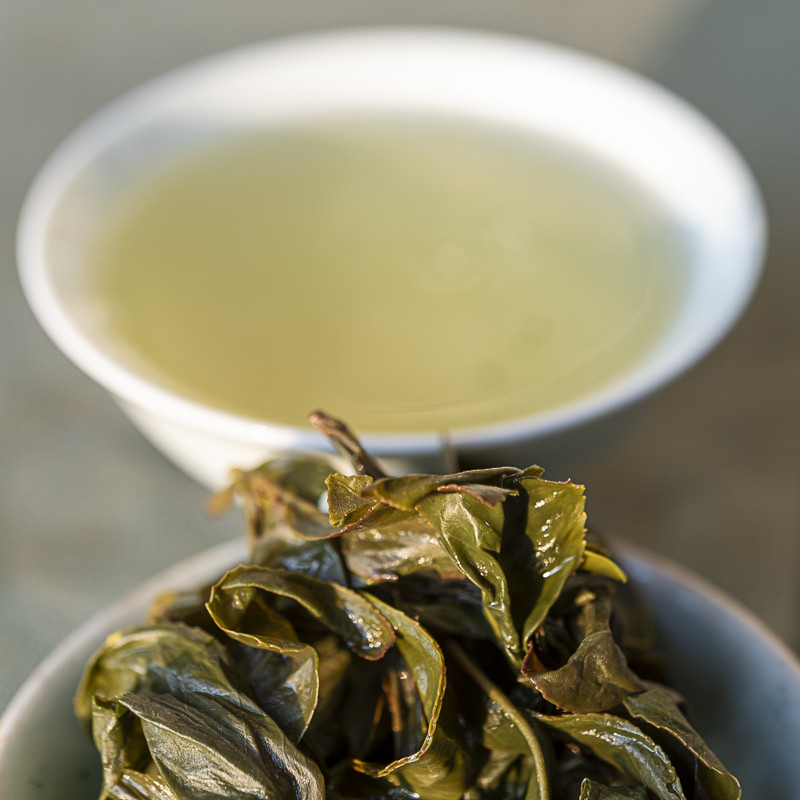Cultivar: Yingzhi Hongxin (ie hard stem red heart)
Harvested by hand: April 15th, 2025
Video of the terroir: click here.
Origin: Pinglin, Wenshan, Taiwan
Process: Lightly oxidized Baozhong, twisted leaves, well dried, stems removed. See here.
1. View
The dry leaves are thin and of a fresh and light green color. The brew is bright, clear and bright yellow hue. The open leaves are tender with red edges from the light oxidation.
2. Scents
Their dry scent are fresh and flowery (lavender) thanks to their light oxidation level. There are clean scents of orchid flowers in the brew.
3. Taste
The taste is bright and sweet. It coats the palate and has a refined aftertaste. It is a very elegant and flowery Baozhong.
Conclusion: Baozhong started to be produced in the Nangang mountain, east of Taiwan at the end of the 19th century. Then, it quickly was grown in most hills of northern Taiwan. The reason for this development is that Baozhong won first prizes at several International Exhibitions (Paris, Milan, Panama) in the early 20th century while Taiwan was under Japanese rule (1895-1945). The fame of Baozhong continued in the 50s and 60s as plantations moved towards Shiding and Pinglin, south of Taipei. These were places without industry and where the nature is still very well preserved (because they hold a lot of fresh water reserves). The term Baozhong simply means 'wrapped inside' and refers to how it was packed in paper long time ago. Baozhong does not refer to a particular cultivar. During its long history of Baozhong production, farmers have experimented with lots of different tea trees. Here we have the opportunity to discover a fewer known cultivar: Yingzhi Hongxin. The meaning of this name is 'hard stem, red heart'.









